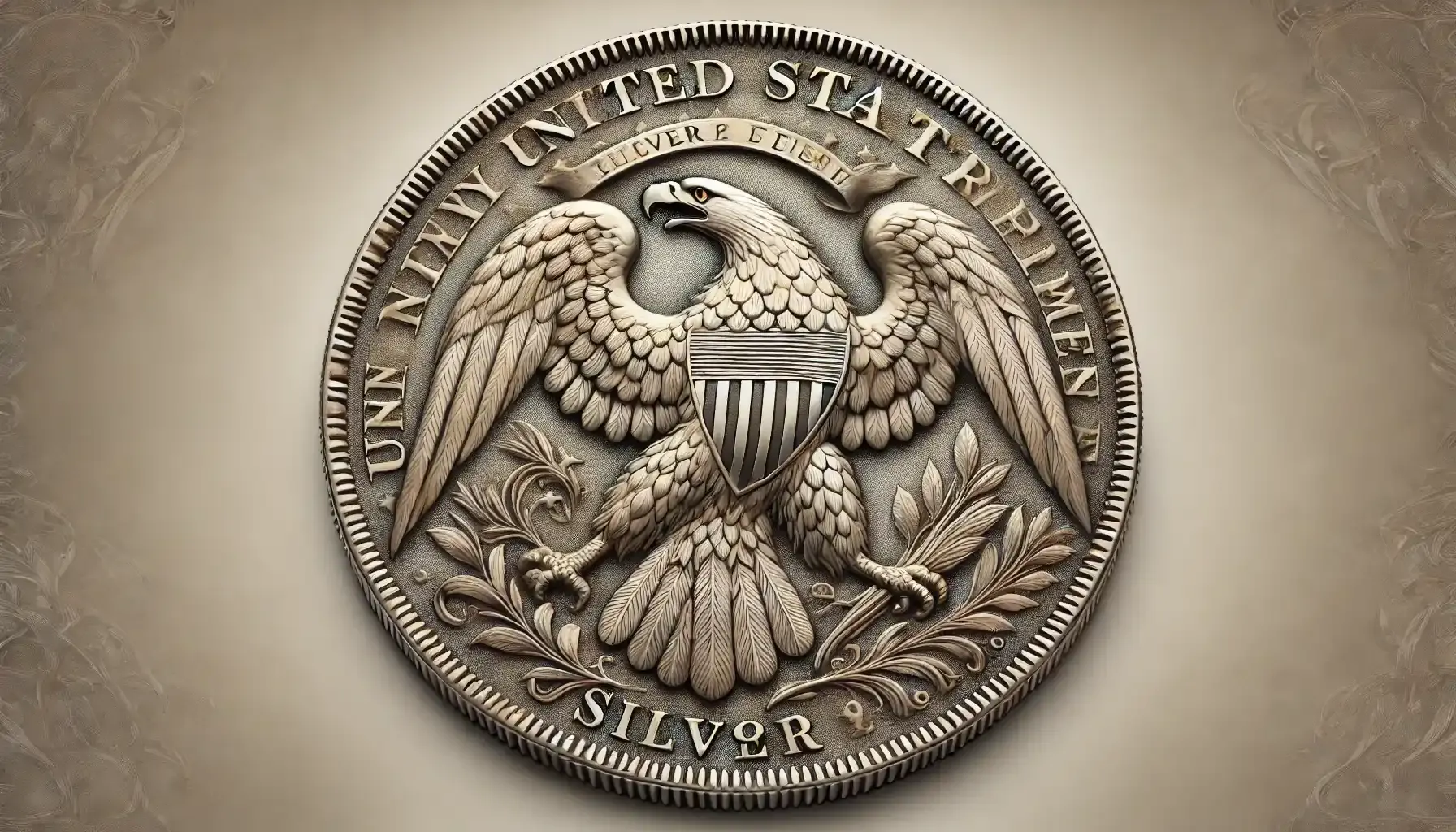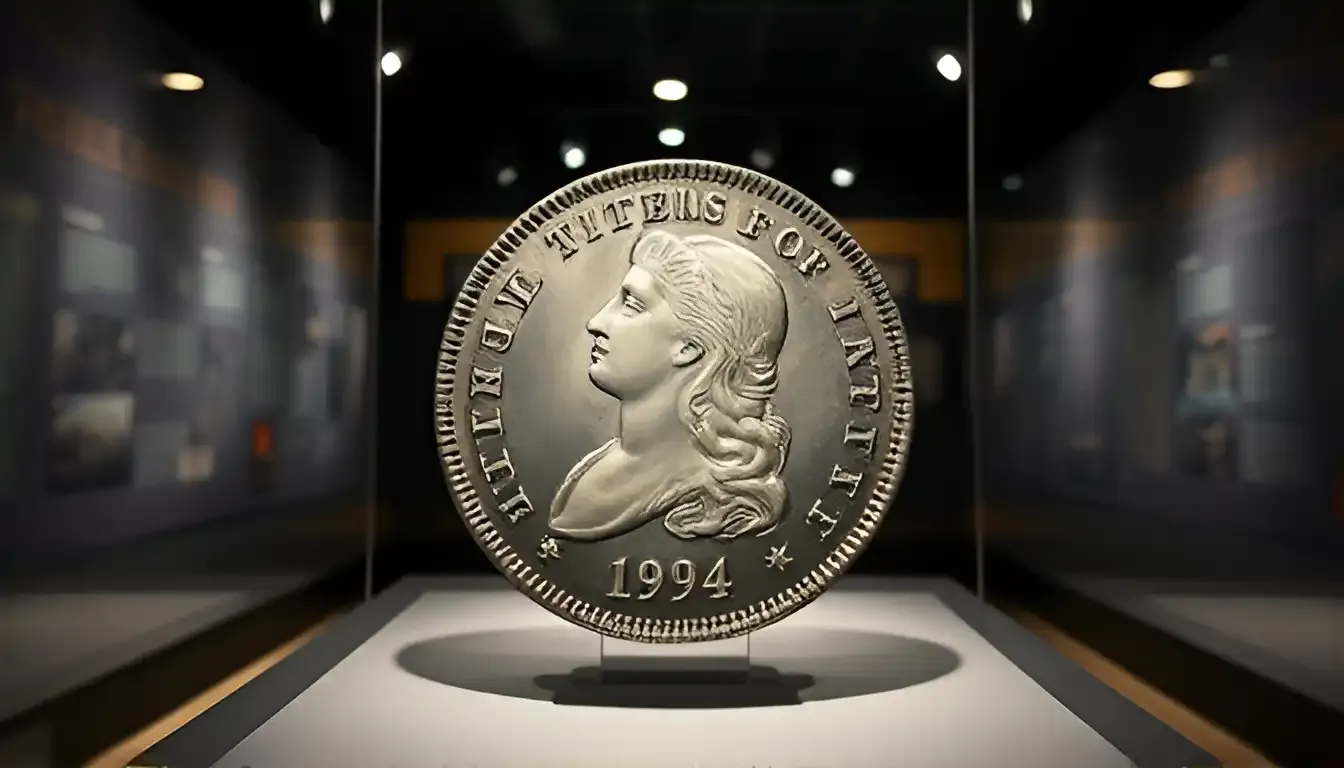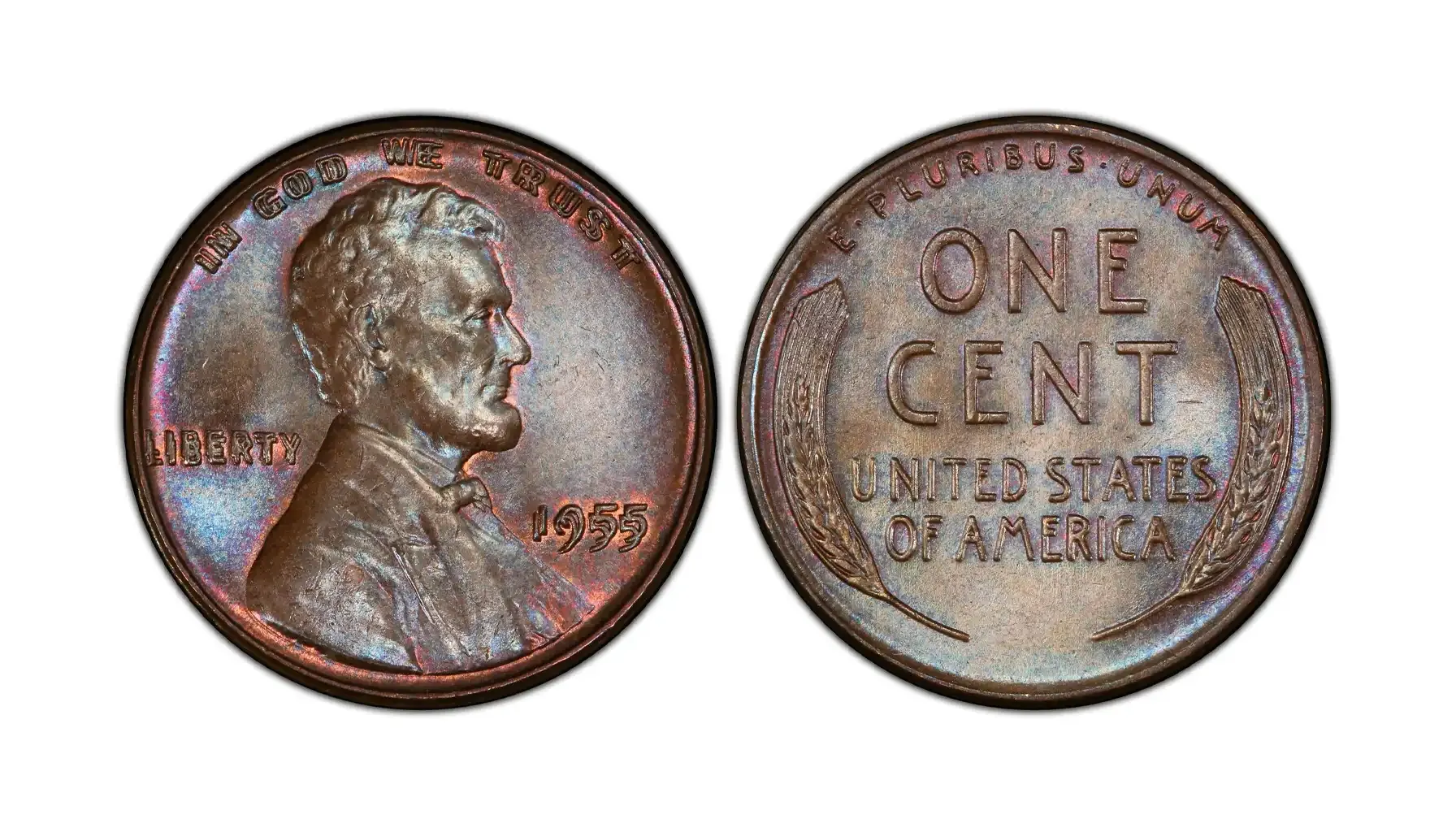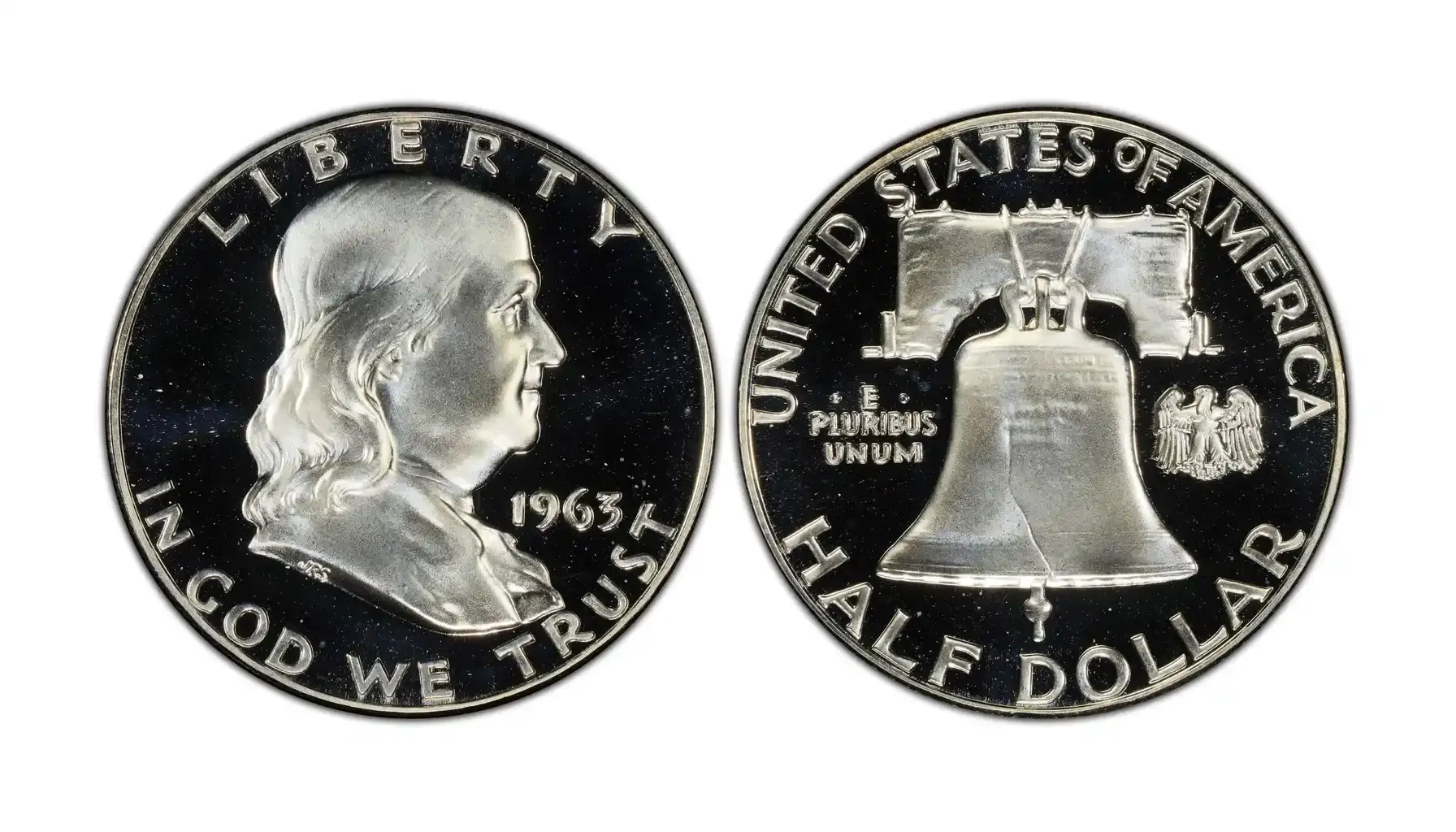Contents:
In numismatics, there are coins that have always inspired collectors, historians, and lovers of rarities. And among all the wonderful collectibles, one may notice the silver legend, outstanding for its historical significance and great value. It is the 1794 silver dollar, also known as the first Flowing Hair US dollar.
So, what is the 1794 Flowing Hair Silver dollar worth? What makes them special, and how can you identify the coins on the spot? Why might the owner of this coin be called a lucky person?

1794 Flowing Hair Dollar: Historical Overview
The story of the 1794 dollar begins just after the American Revolution, a time when the young nation was desperately looking for ways to strengthen its economy and create a stable monetary system.
In 1792, the U.S. Congress passed the Coinage Act, establishing the U.S. Mint and paving the way for the first Flowing Hair silver dollar coins to be issued. But minting did not begin immediately. In 1794, the first batch was produced at the Philadelphia Mint.
By the way, did you know that the Philadelphia Mint (the first mint in the country) was opened just one year before the issuance of the hero of this article? To learn more about the Philadelphia Mint, please refer to our article:
Philadelphia Mint Guide: Identify Coins, Marks, and Values

Design: Symbols in Each Element
Obverse
The obverse of the 1794 dollar coin, designed by Robert Scot, depicts Lady Liberty with her hair waving freely, which symbolizes freedom and independence. Around her head are 15 stars, which refer to the 15 states that were part of the United States at the time. The inscription “LIBERTY” crowns the top of the coin, emphasizing the core value of the young nation. The year of issue is located below the bust of Liberty on the bottom edge of the coin.
Reverse
The reverse showcases an eagle with its wings spread wide. This symbol on U.S. coins was later used on many monetary units, but its roots will never be forgotten. Around the eagle was stamped the standard inscription “UNITED STATES OF AMERICA”.
This design became the symbol of the main national ideals since the eagle, like Lady Liberty, was not chosen by chance: it referred to independence and strength, emphasizing the power of the new nation on the world stage.
Physical Characteristics (Dimensions)
Design features are always fun to explore, but physical characteristics may be definitive when it comes to quick identification and profound analysis.
The Main Characteristics of the 1794 $1 Coin | |
Composition | 90% silver, 10% copper |
Weight | 26.96 grams* |
Diameter | 39-40 mm |
Thickness | 2.00 mm |
Edge | Lettered |
Designer | Robert Scot |
Mintage | 1,758 copies |
Denomination | 1 dollar |
While the Flowing Hair dollar holds historic importance as the first silver coin minted by the United States, it marked the beginning of a series that followed in 1795.
Finally, in 1795, the Mint released an improved version of the same unit of currency. Although the design of the coins remained the same, the main changes involved improved minting quality, making the image on each side clearer and more manageable (when compared to the real 1794 silver dollars).
*Interestingly, the size and weight of the Flowing Hair dollar coins were chosen to be similar to the Spanish dollar, which was previously used in trade before the advent of the new currency.
Related article: Draped and Capped Bust Coins.
1794 Silver Dollar Value and Its Peculiarities

Didn't you notice something unusual? This is counterfeit! And its value is usually relatively low. Let us finally find out what the reason is for the hype around the genuine coin and what the true worth of this issue is.
First of all, the value of each collectible is mainly based on several factors:
The value lies in the historical significance. One more time: the 1794 Flowing Hair dollar is the first silver coin ever minted by the United States. It symbolizes the establishment of national currency and the independence of the country.
Rarity and limited mintage also play a significant role. A total of 1,758 coins indicates how scarce this type is, taking into consideration that no more than 150 have survived to this day. Most of them are brought in private collections, with only a few resting on display in museums. All these make them inaccessible and among the most coveted coins in the world.
The quality of preservation matters, too. The process of minting was accompanied by many technical difficulties, i.e., lots of pieces were of poor quality due to the insufficient power of the machinery at the time. The most expensive specimens are coins in flawless condition. To see the tendencies, it is vital to monitor the best auction platforms to keep track of current situations on the market.
Approximate ranges (according to the condition of the coin) can be found in the table below.
Coin condition | Estimated Value |
Average (G-4) | $150,000 – $400,000 |
Good (F-12) | $500,000 – $1,000,000 |
Excellent (MS-60 and above) | $2,000,000 – $10,000,000 |
An Auction Record to Get Stunned
Auction records: $2,820,000 (MS64)
During the minting process, the dies used to strike the coin shifted slightly, becoming misaligned. As a result, the left side of the obverse and the equivalent portion on the reverse show considerable weakening. Finding a 1794 dollar with close to a full strike is incredibly unusual, making well-preserved examples even more desirable.
Besides, there exist two unique copper designs dated 1794. The first, known as Judd-18, shows the entire design without the obverse stars. The second, Judd-19, is a crisply struck die trial that is now housed in the Smithsonian's National Numismatic Collection. Though Judd-18 and Judd-19 were struck from distinct obverse dies, they share the same reverse, which was ultimately used to produce the normal issue 1794 silver dollars that collectors cherish today.

A Tool for Coin Hunters to Try
For anyone who strives to obtain a rare specimen, it is worth noting that Flowing Hair instances cannot be easily found in circulation. Instead, they appear at large numismatic auctions, where fierce bidding is going on for them.
There is little chance of mistaking this coin for anything else – its uniqueness speaks for itself. Nevertheless, apps like Coin ID Scanner will be useful for collectors and beginners to quickly identify and evaluate the basic information and market value when searching for potentially valuable ones. What does Coin ID Scanner have to offer?
Instant Coin Identification: Simply scan any coin with the use of your phone’s camera for the app to instantly recognize the denomination, year, mint mark, and design type.
Real-Time Market Value Estimates: Get up-to-date pricing based on current market trends, recent auction results, and coin condition.
Rarity & Grading Insights: Understand how rare a coin is and be guided on its potential grade (Good, Fine, MS, etc.).
Historical Background: Learn the story behind each coin, i.e., minting history, notable variations, and collector interest.
Collection Management: Organize your collection digitally with photos, notes, and value tracking in one easy-to-use interface.

Coin of American Independence for Ages
The 1794 dollar is a symbol of a new era in the American economy – proof that a small step can be a huge move for numismatics and further history. This coin is considered one of the most meaningful and prestigious collectibles, and its value continues to rise every year. For many, owning this numismatic rarity feels like chasing a dream. Good luck!



